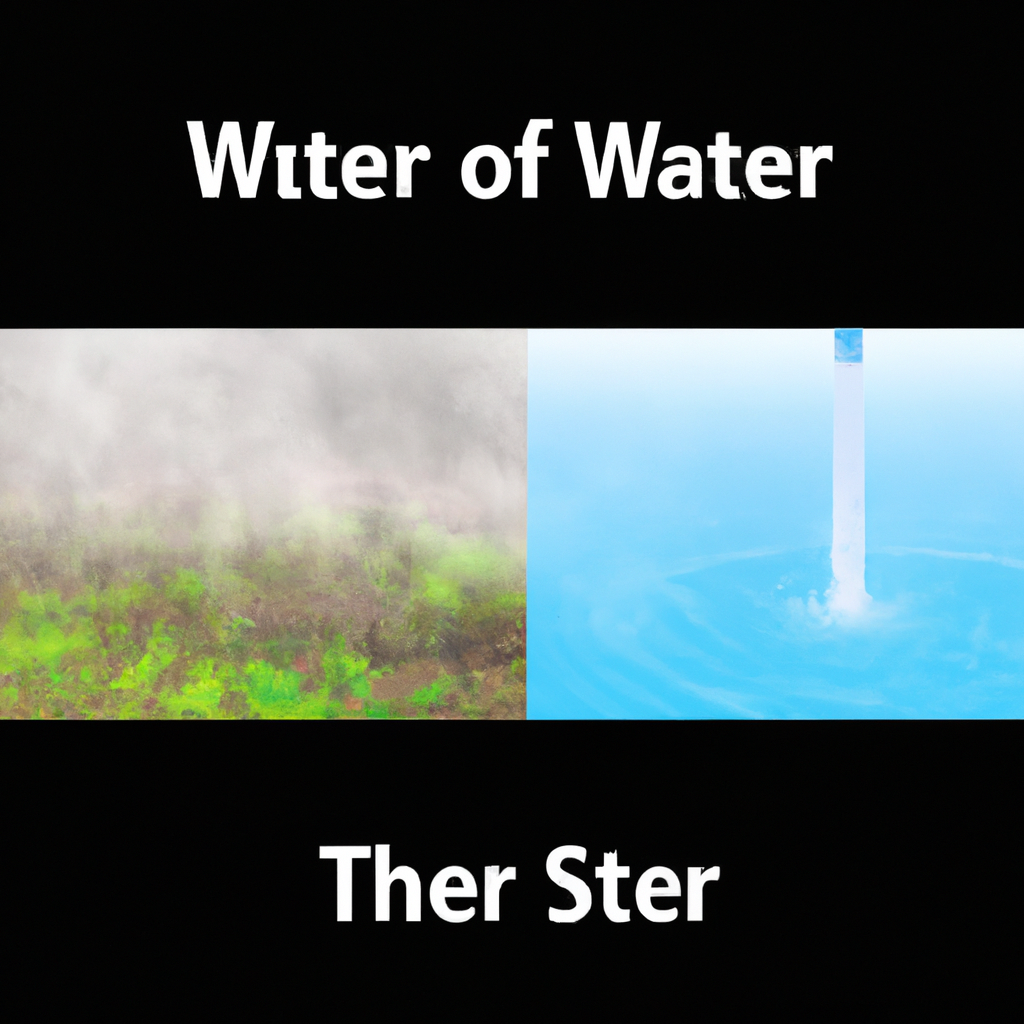
Water is a fundamental resource that sustains life on Earth. Access to clean and safe drinking water is a basic human right, yet millions of people around the world still lack access to this vital resource. Contaminated water sources pose significant health risks, leading to the spread of diseases and compromising the well-being of communities. However, thanks to revolutionary technologies for water purification, we now have the means to transform dirty water into drinkable and safe water. In this article, we will explore these groundbreaking technologies and how they are shaping the future of water purification.
The Importance of Water Purification
Before delving into the innovative technologies, it’s crucial to understand why water purification is essential. Contaminated water contains various harmful substances, including bacteria, viruses, chemicals, and pollutants. Consuming such water can lead to severe health issues, such as gastrointestinal diseases, cholera, and even life-threatening conditions. Therefore, purifying water is crucial to remove these contaminants and make it safe for consumption.
Reverse Osmosis: A Game-Changing Technology
Reverse osmosis (RO) has revolutionized the water purification industry. This innovative technology utilizes a semipermeable membrane to remove impurities from water by applying pressure. As water passes through the membrane, contaminants such as salts, bacteria, and heavy metals are separated, leaving behind clean and purified water.
RO systems are widely used in both residential and commercial settings. They are capable of removing up to 99% of impurities, making the water safe and suitable for various purposes, including drinking, cooking, and industrial applications. The efficiency and effectiveness of reverse osmosis have made it a go-to option for water purification worldwide.
Ultraviolet (UV) Disinfection: Harnessing the Power of Light
Ultraviolet (UV) disinfection is another groundbreaking technology that is transforming water purification. UV light has the ability to destroy harmful microorganisms by damaging their DNA and preventing them from reproducing. This process effectively eliminates harmful bacteria, viruses, and parasites, providing a reliable method for water disinfection.
UV disinfection systems are commonly used in conjunction with other water treatment methods, such as filtration or chlorination, to provide a comprehensive purification process. The advantage of UV disinfection is that it does not introduce any chemicals into the water, making it a safe and environmentally friendly option. It is particularly useful in situations where chlorine-resistant microorganisms are present.
Nanofiltration: Removing Impurities at the Molecular Level
Nanofiltration (NF) is a cutting-edge technology that allows for the removal of impurities at the molecular level. This process uses a membrane with extremely small pores to selectively filter out contaminants based on their size and charge. Nanofiltration is highly effective in removing organic matter, bacteria, and viruses, while still allowing essential minerals to pass through.
The versatility of nanofiltration makes it an ideal choice for various water purification applications. It is commonly used to treat brackish water, wastewater, and even seawater, making it a valuable tool in areas where freshwater resources are scarce. Moreover, nanofiltration membranes can be tailored to specific needs, allowing for customized purification processes.
Advanced Oxidation Processes: Breaking Down Pollutants
Advanced Oxidation Processes (AOPs) are a group of innovative technologies that aim to break down and remove persistent pollutants from water. These processes utilize powerful oxidants to destroy organic and inorganic contaminants, transforming them into harmless byproducts. AOPs are particularly effective in removing emerging contaminants, such as pharmaceutical residues and industrial chemicals.
One of the most widely used AOPs is the combination of ultraviolet light and hydrogen peroxide, known as UV/H2O2. This process creates hydroxyl radicals, which are highly reactive and capable of oxidizing a wide range of pollutants. AOPs provide an additional layer of purification, ensuring that even the most stubborn contaminants are eliminated from the water.
Electrodialysis: Separating Ions for Purification
Electrodialysis (ED) is a technology that utilizes an electric field to separate ions and purify water. This process involves the use of ion-exchange membranes, which selectively allow either positive or negative ions to pass through. By applying an electric current, undesirable ions are removed, leaving behind clean and purified water.
ED is especially useful for desalination purposes, as it enables the removal of dissolved salts and minerals from water. It is an energy-efficient and cost-effective method for transforming brackish or seawater into a valuable freshwater resource. With increasing water scarcity worldwide, electrodialysis presents a promising solution for sustainable water purification.
Conclusion
In conclusion, revolutionary technologies for water purification have paved the way for transforming dirty water into drinkable and safe water. Reverse osmosis, ultraviolet disinfection, nanofiltration, advanced oxidation processes, and electrodialysis are just a few examples of the groundbreaking advancements in this field. These technologies offer efficient, effective, and environmentally friendly solutions to address the global water crisis. By harnessing the power of innovation, we can ensure that access to clean and safe drinking water becomes a reality for everyone, improving lives and fostering sustainable development.
